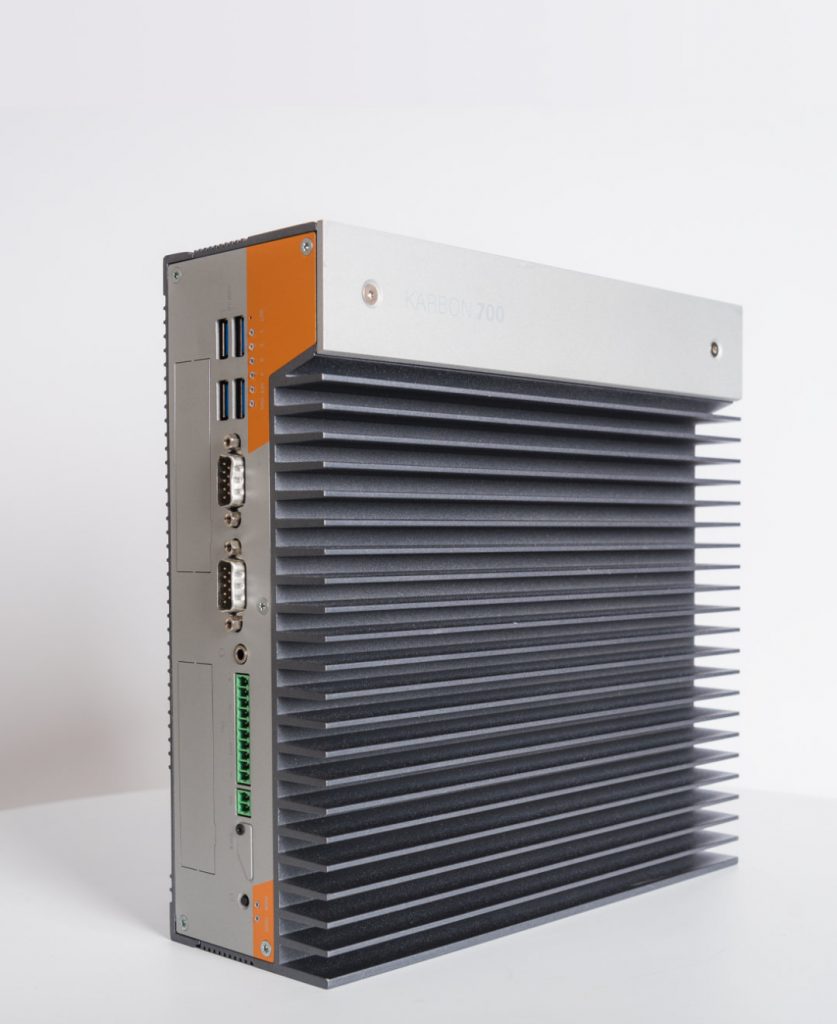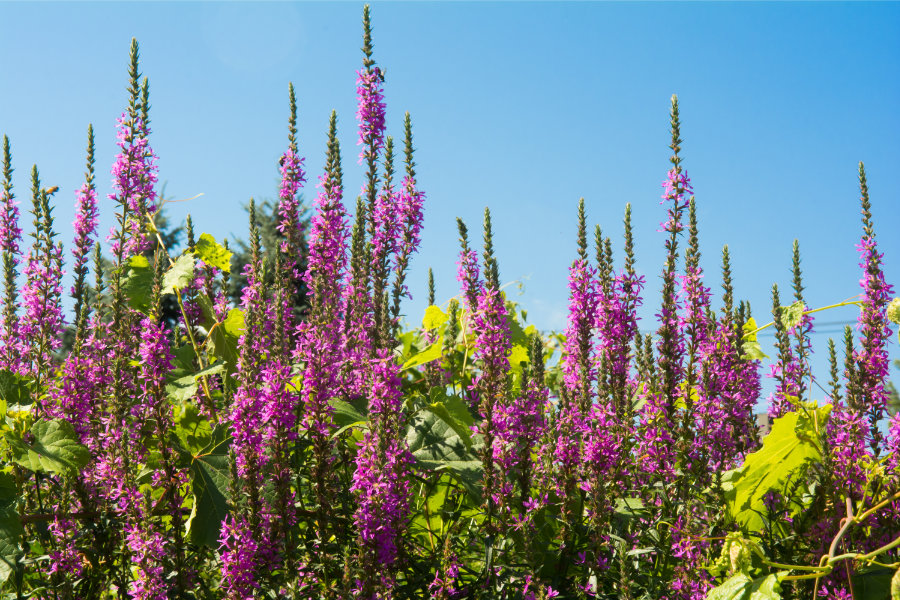Computer Vision for Improved Roadside Maintenance
Using computer vision to improve processes and outcomes is happening in nearly every business sector, and now we can include roadside maintenance on that list. Datacadabra, a company, based in the Netherlands, specializes in AI and computer vision solutions. They recently introduced a solution called the MowHawk which places smart cameras on the cutter bars of roadside mowers to help provide insight during roadside maintenance. This innovation makes roadside mowing more sustainable and environmentally friendly by preserving natural habitats, detecting litter, and identifying the presence of invasive plant species.
What is Computer Vision?
Computer vision is artificial intelligence (AI) that uses computers to interpret and understand the physical world. Using digital images from cameras, machines equipped with computer vision, such as the MowHawk, can accurately identify and classify objects, and then react to what they have identified.
MowHawk’s computer vision is powered by the rugged Karbon 700-SE by OnLogic. It collects all the tracking and vision module data, generates a display output for the driver to see the mowing progress and processes video input in real time. It also ensures the communication of relevant data to the camera orientation module. After that, all relevant extracted information is communicated to the cloud using 4G. The rugged design of Karbon can handle all the bumps and vibrations experienced on large tractors.
Potential Application of Computer Vision – Invasive Plant Mitigation
MowHawk’s computer vision can be used is to identify invasive plant species, the first step for elimination. After detection, they can be processed in a separate mowing pass and the collected data can be used to implement effective measures for eradication.
Invasive plants are plants that have been introduced into an environment in which they did not evolve. Because of this, they usually have no natural enemies to limit their reproduction and spread. The land adjacent to roadways tends to be ideal habitat for invasive plants because it is an open corridor for seed transmission and offers abundant sunlight. Once established, invasive plants can affect the safety and maintenance of roads and wreak havoc on the natural environment.
Purple Loosestrife is an invasive plant species that can adapt readily to many environments. Once it establishes and expands, it can outcompete and replace native grasses and other flowering plants that provide a higher quality source of nutrition for wildlife. Researchers say that one of the best ways to control invasive plants is not to mow them at all or to time the mowing process to the flowering/seed cycle. The MowHawk’s computer vision can identify the location of invasive species and help inform the process to control its spread.
Sustainable Innovation for a Better Environment
Want to learn more about how Karbon powers the MowHawk? Check out Datacadabra’s customer story. If you are looking for something to power your innovative idea, we can help! Contact our technical sales team who can make sure you get the best configuration for your solution.
Get the Latest Tech Updates
Subscribe to our newsletters to get updates from OnLogic delivered straight to your inbox. News and insights from our team of experts are just a click away. Hit the button to head to our subscription page.
Share
More Articles
OnLogic Industrial Computers
Discover OnLogic's multitude of industrial computers that will help you to advance your IoT project
Learn more at OnLogic.com
OnLogic Industrial PCs: Designed to last. Built to order. Delivered in days. Visit our online store at OnLogic.com







